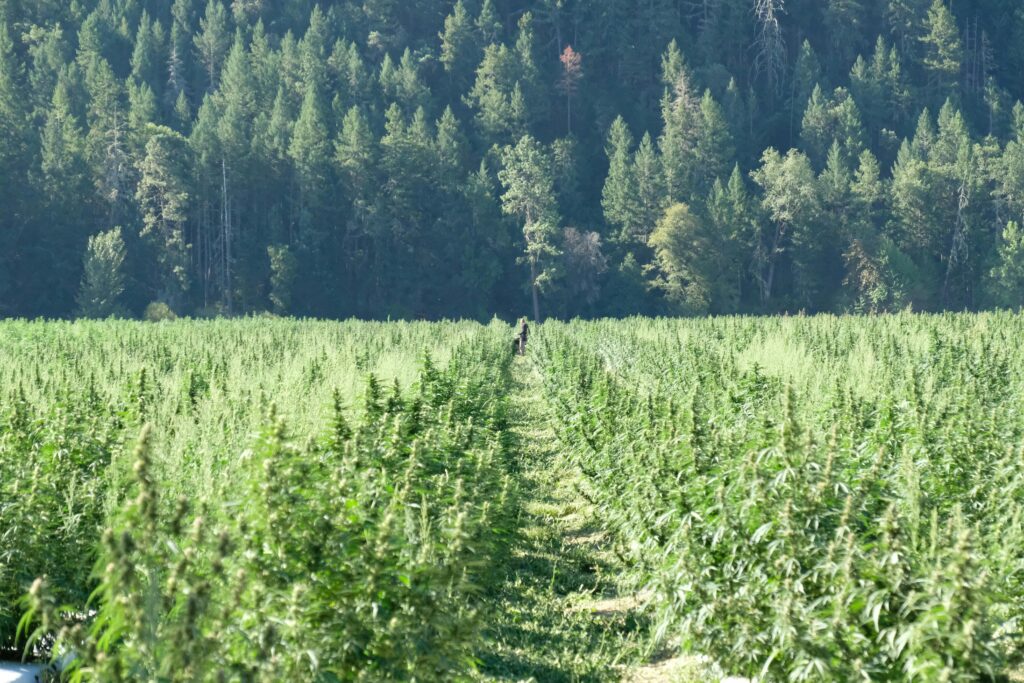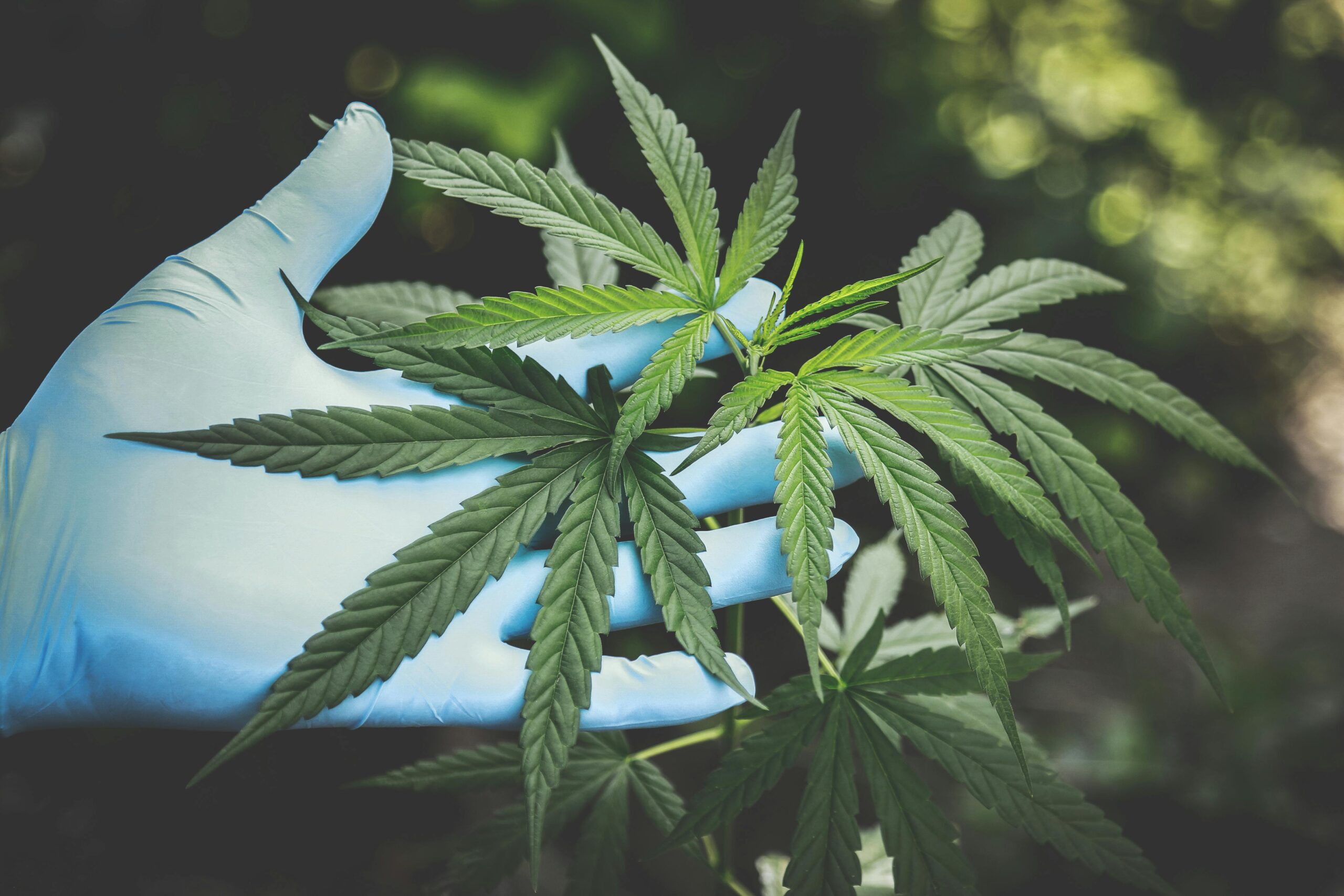Cannabis landrace strains represent the most genetically untampered forms of marijuana available. The ecological requirements and genetic inheritance of plants determine where they grow naturally, and these strains have evolved over centuries, adapting to their unique environments. They offer a glimpse into the historical and biological origins of cannabis, making them invaluable for enthusiasts and researchers alike.
What are Landrace Strains?
Landrace strains are native cannabis varieties that have developed in specific geographic regions. Unlike hybrid strains, which are often strategically crossbred, landrace strains have grown and evolved without human intervention. They possess unique characteristics shaped by their environment, such as climate, soil, and local pests. This natural selection results in strains with distinct flavors, aromas, and effects. Landrace strains also offer unique terpene profiles, which contribute to their distinctive aromas. For example, Afghani strains often have a rich, earthy scent with hints of spice, while Thai strains might be more citrusy and sweet.
Current research tells us that all current hemp and drug cultivars diverged from an ancestral gene pool currently represented by feral plants and landraces in China, however there are several well-known landrace strains from various regions around the globe, some examples include:
Afghani (Afghanistan): This strain is notable for its high myrcene content, which imparts a musky, earthy fragrance. Considered one of the oldest cannabis varieties, it has been a foundational genetic source for many contemporary indica strains.
Durban Poison (South Africa): This strain is a pure sativa known for its sweet, spicy, and piney aroma, which is attributed to its high levels of terpinolene. This terpene is renowned for its energizing and uplifting effects.
Acapulco Gold (Mexico): This renowned strain features a distinctive blend of aromas, ranging from earthy and nutty to sweet and citrusy. This aromatic diversity highlights the presence of terpenes such as myrcene, limonene, and caryophyllene.
Thai (Thailand): This strain is celebrated for its sweet, citrusy, and herbal aroma. Its terpene profile, dominated by limonene and caryophyllene, reflects its tropical origins.
(Source: www.leafly.ca)
These strains are the foundation of many modern hybrids. Breeders use landrace strains to combine the genetics of two or more plants to create a new strain with desired traits. such as higher THC content, unique terpene profiles, or increased resilience to pests and diseases.

Cultivation and Challenges
One of the most appealing aspects of landrace strains is their genetic purity. These strains have stable genetics, meaning they breed true to their type. This consistency is rare in modern hybrids, which can exhibit a wide range of phenotypes.
Growing landrace strains, however, can be challenging, especially outside their native environment. Generally speaking, the outcome for any given plant crop in a given region will depend on the distribution of genetic variation that affects fitness and patterns of climate change. Plants that are accustomed to specific conditions and may not thrive in different climates. However, many growers value the challenge for the chance to cultivate a piece of cannabis history.
When growing landrace strains, it is essential to replicate their natural environment as closely as possible. This might involve adjusting the light cycles, temperature, and humidity to mimic their native conditions. Despite the difficulties, successful cultivation can yield plants with unparalleled authenticity and quality.
Medical and Recreational Benefits
Landrace strains are also noteworthy in medical cannabis research due to their unique cannabinoid profiles. These strains provide a natural blueprint for studying the therapeutic effects of cannabinoids without the influence of extensive human breeding. For instance, researchers can explore specific cannabinoids that may be more effective for certain health conditions, potentially leading to the development of more effective and natural treatments.
Preserving Genetic Diversity
The rise of hybrid strains has led to a decline in the availability of pure landrace strains. As these unique genetics become increasingly rare, there is a growing movement to preserve and protect them. Organizations and seed banks are working to collect and maintain landrace genetics, ensuring they remain available for future generations.
Preservation is crucial not only for historical and cultural reasons but also for the continued development of cannabis. Landrace strains provide a genetic reservoir that breeders can draw from to create new hybrids with desirable traits. By maintaining these pure strains, we ensure that the genetic diversity of cannabis is preserved.

A Window into the Evolution of Cannabis
Cannabis landrace strains are a vital link to the plant’s past, offering unique characteristics and a window into the natural evolution of cannabis. Their preservation is essential for the continued innovation and diversity within the cannabis industry. Whether you’re a grower, a medical patient, or a recreational user, exploring landrace strains can provide a deeper appreciation for the rich history and potential of this remarkable plant.









